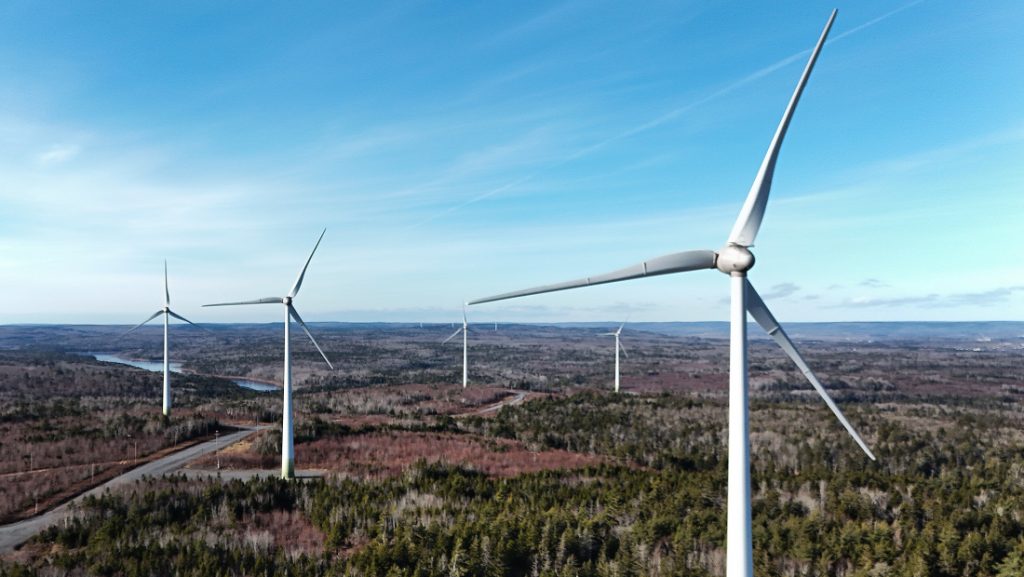The government of Nova Scotia has announced new maximum setbacks for wind turbines across the province, aimed at ensuring that these projects align with the characteristics of local communities. This decision reflects a commitment to environmental sustainability while balancing the needs and concerns of residents.
As per the recent press release, the government is amending regulations to establish maximum allowable setbacks for wind turbines. Minister of Municipal Affairs, John Lohr, emphasized that these changes are designed to facilitate the progression of wind energy projects while respecting community and environmental considerations. “These amendments will provide municipalities with clear, consistent standards for setbacks for wind turbines,” he stated.
The new regulations stipulate that the setbacks for wind turbines cannot exceed four times the height of the structure. However, if necessary, a greater distance may be required to ensure that sound levels do not surpass 40 decibels. Additionally, the amendments are designed to restrict the impact of shadows flickering on nearby residences and establish limits on this flicker effect. The regulations enforce that shadow flicker for nearby residents must not exceed a threshold of 30 minutes per day or 30 hours per year.
Furthermore, one significant aspect of the regulatory changes is the removal of the municipality's ability to influence the placement of wind turbines based on visual considerations. This update is intended to streamline wind energy projects and facilitate easier implementation of renewable energy strategies across the province.
Wind Turbines Key in Climate Plans
The Nova Scotia government has identified wind-generated electricity as essential to meeting its ambitious renewable energy goals, aiming to produce 80 percent of its electricity from renewable sources by 2030. The province's recent environmental approval for the Melvin Lake wind farm, located approximately 30 kilometers northwest of Halifax, features plans for 20 turbines and further exemplifies this commitment to renewable energy.
Moreover, this approval, along with five other wind projects initiated under a program called "Green Choice" launched in 2023, is projected to have a historic impact on reducing greenhouse gas emissions within the province. The government anticipates that these six projects will generate a total of 2,000 gigawatt-hours of electricity annually by the end of 2028, which is estimated to provide power to over 300,000 homes.
Overall, these regulatory amendments reflect Nova Scotia's strategic approach toward sustainable energy development, catering not only to the province's energy needs but also to community standards and environmental protection.
With files from Michael Tutton, The Canadian Press.










